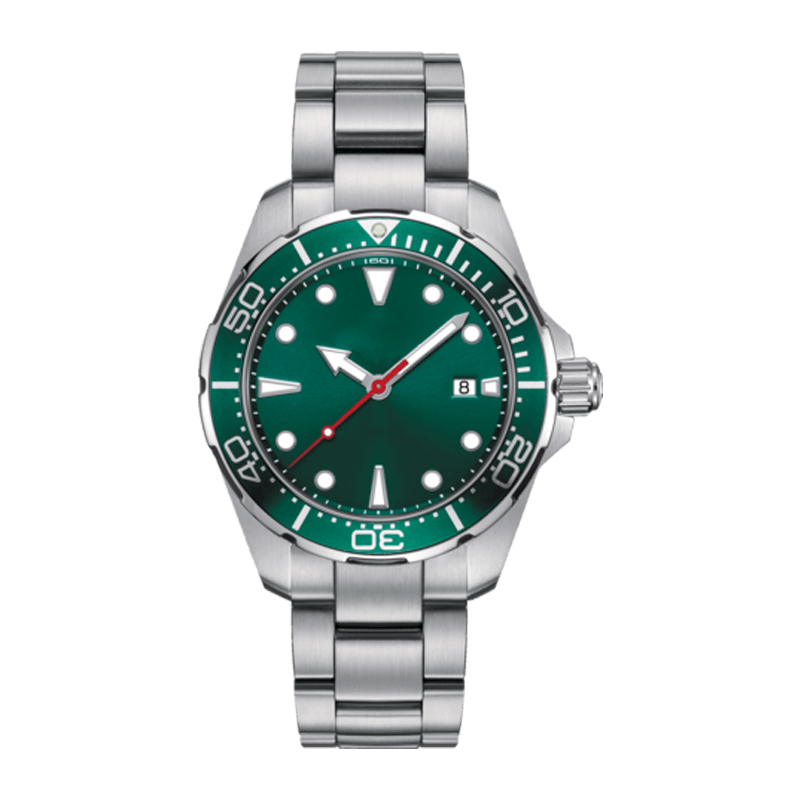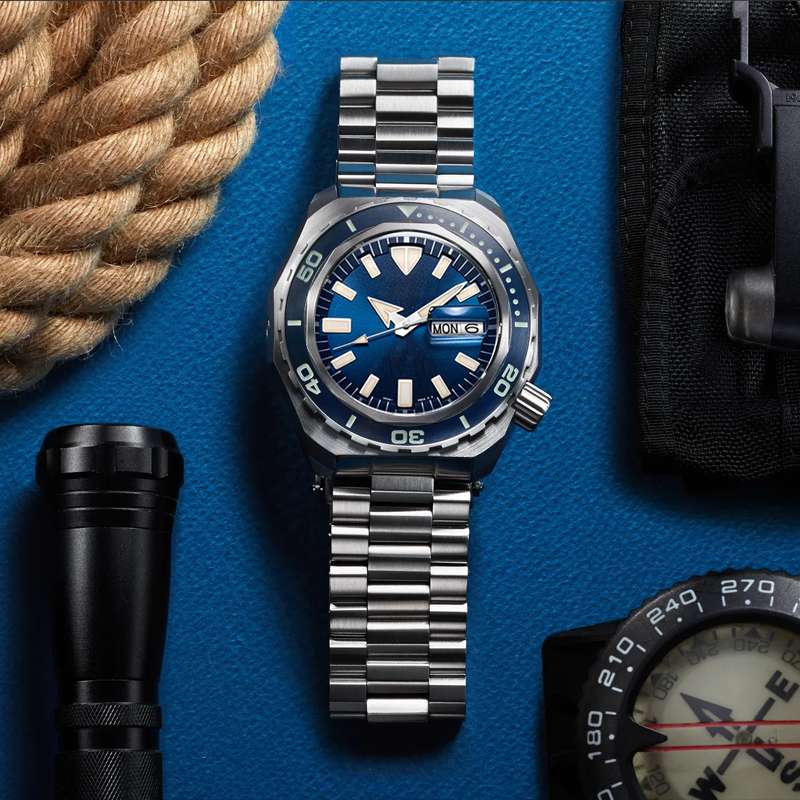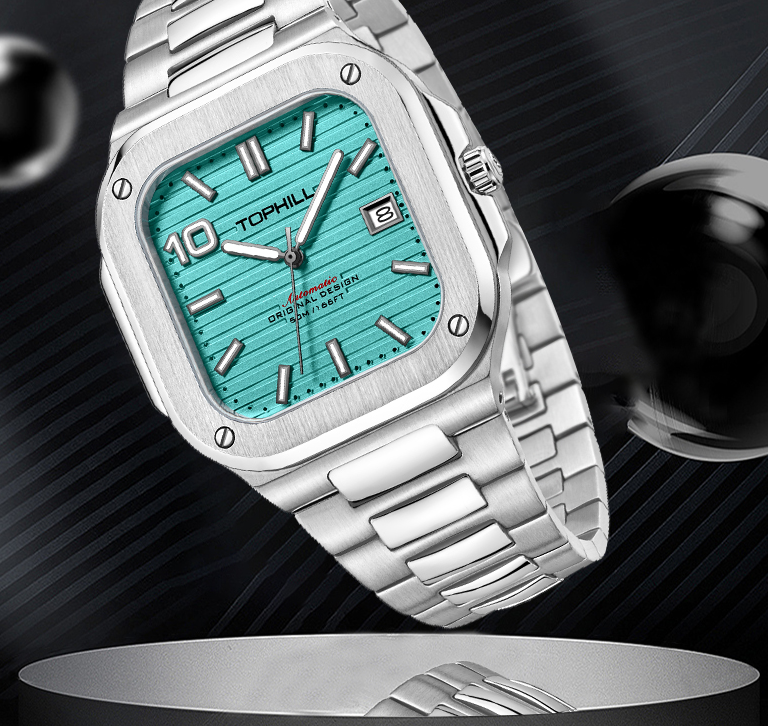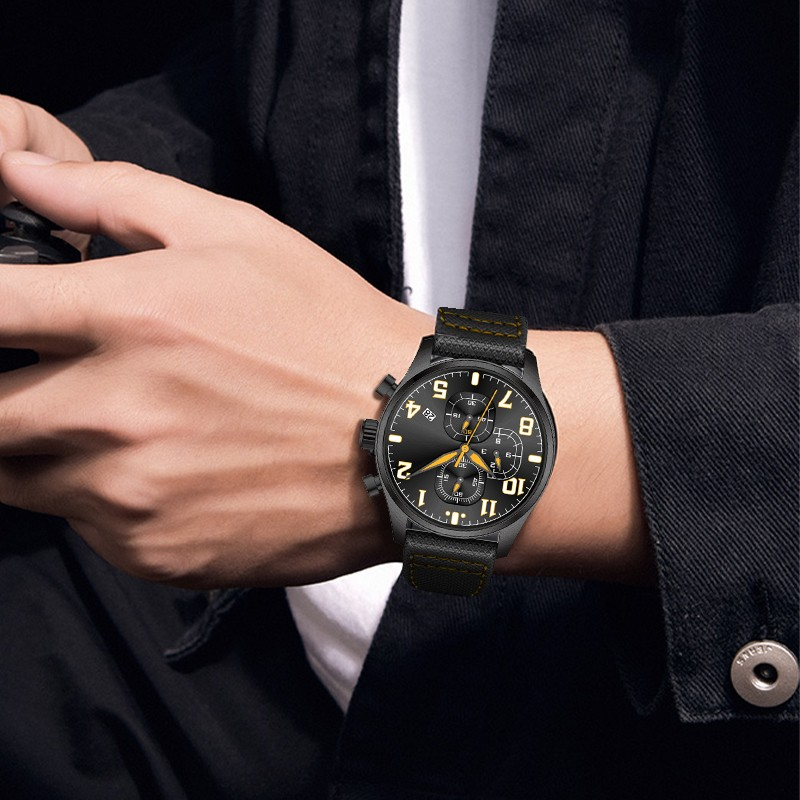In today's highly digitized world, mechanical wristwatches continue to captivate us with their timeless elegance and intricate craftsmanship. However, have you ever wondered about the production process that brings these mechanical marvels to life? In this article, we will delve into the various stages involved in creating a mechanical wristwatch, from the initial design concept to the final assembly.

The process begins with the design and development stage. Skilled watch designers and engineers meticulously craft the aesthetics and functional aspects of the timepiece. Various design elements, such as the dial, hands, case, and movement, are meticulously defined. Computer-aided design (CAD) software is often utilized for precise modeling and prototyping.
Once the design is finalized, the procurement of components begins. High-quality materials like stainless steel, gold, or titanium are chosen for the watch case. The dial, typically made of brass or silver, undergoes further embellishment with intricate patterns, engravings, or applied indices. The hands, often made of steel or gold, are shaped and heat-treated to ensure durability and aesthetic appeal. The movement is the heart of the watch, consisting of various miniature parts like gears, springs, and levers. These components are manufactured with extreme precision using cutting-edge machinery.
The movement assembly is a highly intricate process that requires exceptional skill and attention to detail. Watchmakers delicately place each component of the movement, carefully aligning and adjusting them. The watch escapement, responsible for timekeeping accuracy, is meticulously balanced and fine-tuned. The movement is then enclosed in a protective casing and rigorously tested to ensure its functionality and precision.
Simultaneously, the case and dial assembly process begins. Skilled artisans meticulously attach the dial and hands to the movement, ensuring perfect alignment and symmetry. Complementary components such as crowns, push buttons, and bezels are also added at this stage. The case, bezel, and strap are then connected, creating the overall aesthetic appeal of the watch.
Before the finalization of the watch, it must undergo rigorous quality control and testing procedures. A certified watchmaker performs various tests, including accuracy, water resistance, power reserve, and shock resistance. These tests guarantee that the timepiece meets the brand's stringent quality standards and performance criteria.
Finishing and decoration are vital aspects that truly elevate the visual appeal of mechanical wristwatches. The watch case and bracelet undergo various finishing techniques such as polishing, brushing, or even hand-engraving. Some brands also decorate their movements by adding intricate patterns, known as Geneva stripes or perlage, making each timepiece truly unique.
The penultimate stage involves the final assembly of all the components, ensuring optimal functionality and aesthetic harmony. The watch undergoes one final round of inspection before it is delicately packaged in a luxurious box, accompanied by a certificate of authenticity and warranty information.
The production process for mechanical wristwatches encompasses a complex series of stages, each requiring meticulous craftsmanship and precision engineering. From the initial design and development to quality control and the final assembly, each step contributes to the creation of a timepiece that reflects exceptional artistry and sophistication. Understanding this process provides a deeper appreciation for mechanical wristwatches and the craftsmanship behind their creation.
Tags:
 Tired of Leakage Issues? Can a Professio
Tired of Leakage Issues? Can a Professio
 What Are the 5 Key Features to Inspect B
What Are the 5 Key Features to Inspect B
 How to Clean Stainless Steel Bands: A De
How to Clean Stainless Steel Bands: A De
 How Does a Seiko Stainless Steel Watch C
How Does a Seiko Stainless Steel Watch C
Super Time